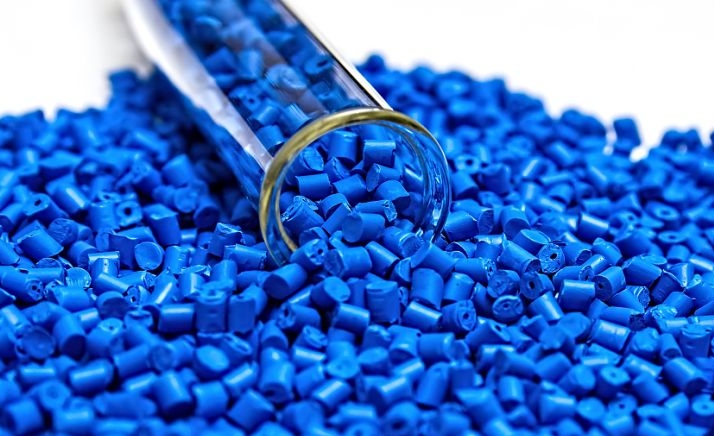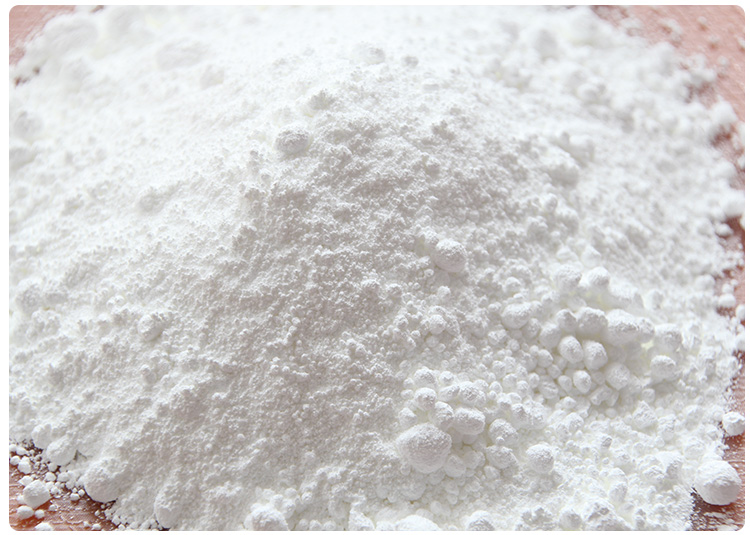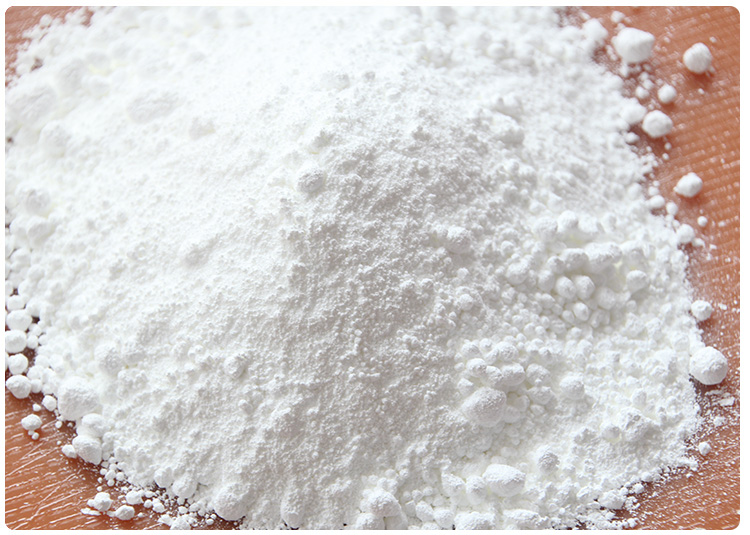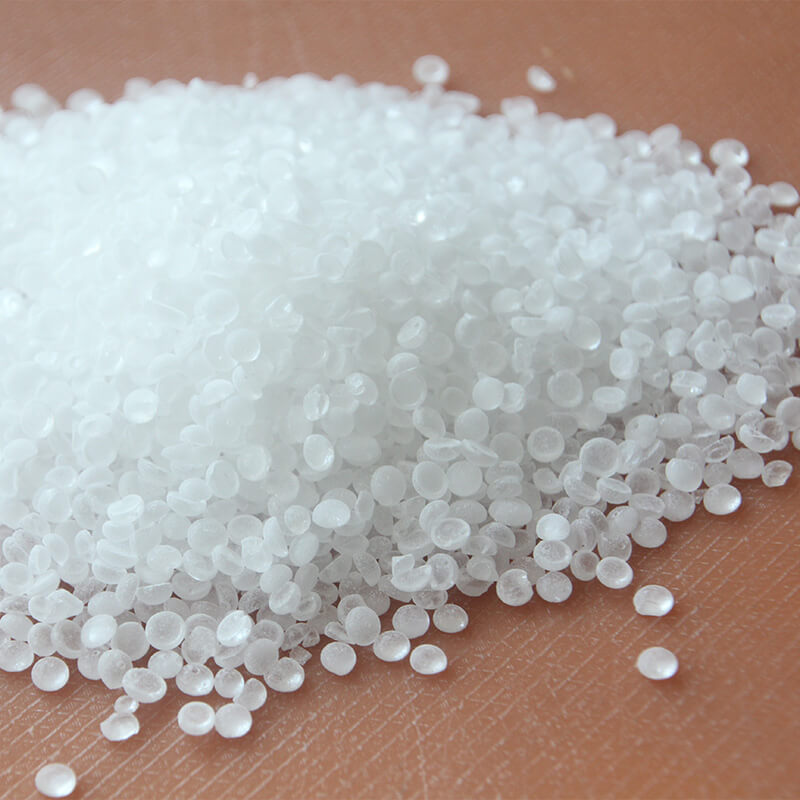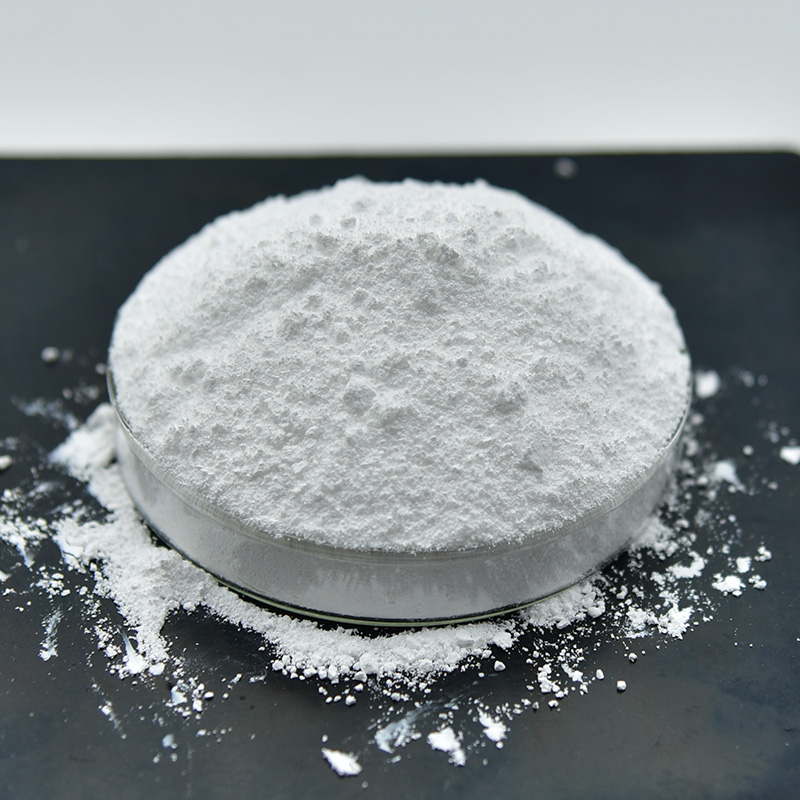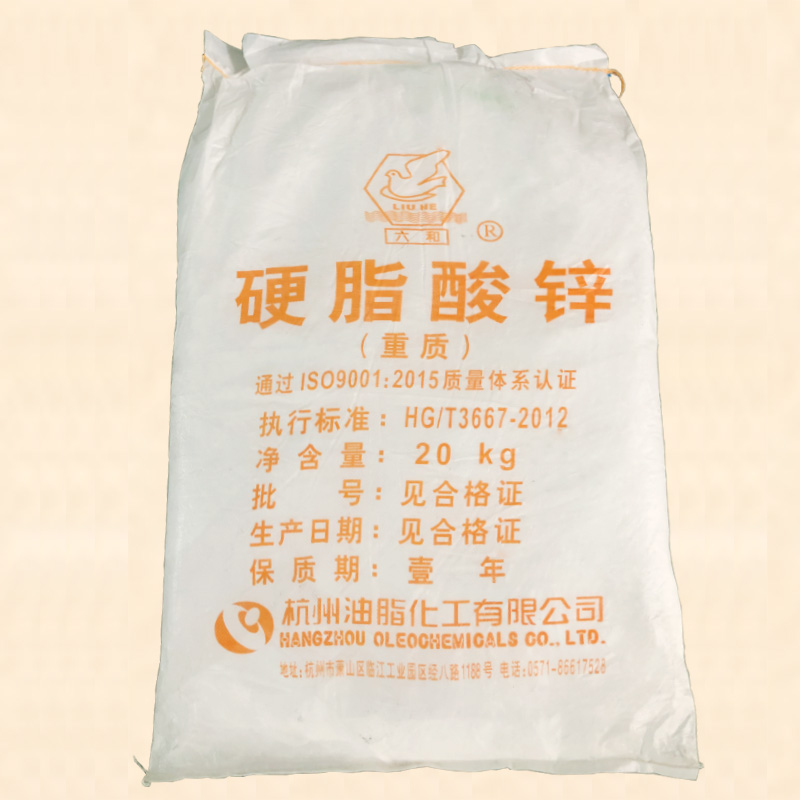What is polypropylene(PP)?
- Mingpai
- 2024-06-05 16:40:51
Polypropylene is a widely used thermoplastic polymer, commonly referred to as PP. It is made from the monomer propylene through a process called polymerization. Polypropylene is known for its versatile properties, which make it suitable for various applications across different industries.
Some key features of polypropylene include:
Lightweight: Polypropylene has a low density, making it one of the lightest plastics available. This property contributes to its popularity in packaging and manufacturing parts where weight reduction is beneficial.
Durability: It is resistant to many chemical solvents, bases, and acids, making it durable for items that need to withstand harsh conditions.
Heat Resistance: Polypropylene has a high melting point compared to other plastics, allowing it to be used in applications involving hot liquids or high-temperature environments.
Flexibility: It can be produced in various forms, from stiff to flexible, depending on the application needs.
Transparency: Certain grades of polypropylene can be translucent or transparent, making it suitable for containers and packaging where product visibility is important.
Recyclable: Although recycling practices vary by region, polypropylene is generally considered recyclable (识别码 5), contributing to sustainability efforts.
Due to these characteristics, polypropylene finds applications in a wide range of products, including:
- Food packaging (e.g., containers, bottles, caps)
- Household items (e.g., furniture, rugs, storage bins)
- Automotive parts (e.g., bumpers, interior components)
- Medical equipment (e.g., syringes, vials, masks)
- Textiles (e.g., non-woven fabrics for diapers, surgical gowns)
- Packaging for consumer goods and electronics
Overall, polypropylene's combination of lightweight, strength, chemical resistance, and versatility makes it a popular choice in numerous industries.
